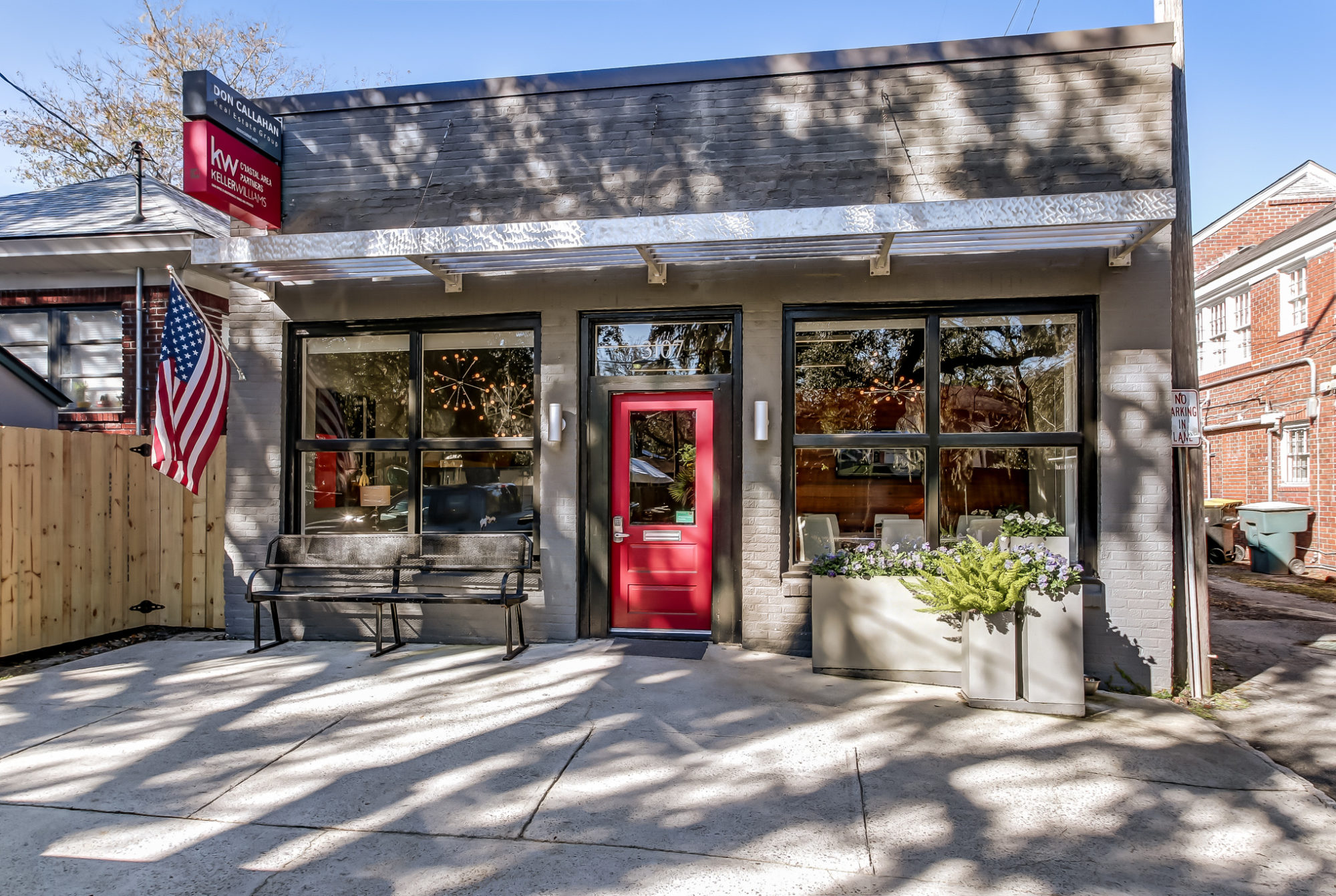by Bernice Ross Inman News
With the credit crunch and huge amount of competition from distressed properties, “normal sellers” have had a tough time getting their properties sold. If you must sell in this market, it’s absolutely critical that you price your property right.
Pinpointing the best possible price for your home can be a challenge. If you overprice your property in today’s market, it can stay on the market for months. If values in your area are declining, the longer you take to sell, the less money you will net. If you want to net the most from your real estate sale, avoid these common seller pitfalls:
1. Basing the list price for your home on the list price of other properties
This is probably the most common mistake that sellers make. They look at what other properties are listed for in their neighborhood and base their price on those numbers. This is a huge mistake. To correctly price your property, the only accurate “comparable sales” are those properties that have closed either for all cash or where a lender has funded a loan. While properties may be selling, many are not closing due to the credit crunch. Appraisals are a huge issue. The reason is that a property worth $200,000 today may be worth $196,000 when it closes 60 days later. Appraisers are aware of the issue and often set values more conservatively as a result.
You can obtain comparable sales information online from real estate brokerage sites, Realtor.com and multiple listing service (MLS) Web sites. These online resources are a great starting place. The challenge is that they often lack up-to-date sale and/or price-reduction data. The best source for comparable sales information is a competent local broker who has access to the most up-to-date MLS data.
2. Basing your list price on what you paid for the property
Many sellers believe that what they paid for the property influences their current sales price. “We paid $200,000 for the property three years ago. We have to sell it for at least $218,000 to break even.” This reasoning is based upon a very common fallacy. Many people believe that the agents and the sellers determine the price at which a property will sell.
The truth of the matter is that the real estate market is like the stock market. The buyers — not the sellers or agents — determine whether a property is saleable in any given market. For example, if you paid $80 a share for IBM stock and today it’s selling for $50 a share, if you wanted to sell for $80 per share, you wouldn’t be a seller in today’s market. The same is true for your real estate. The price you paid for the property has no bearing on what the buyer will pay. (It does make a difference in terms of your tax liability and a host of other issues.)
3. Overestimating the value of your improvements or upgrades
Many sellers have a challenge understanding how the improvements or upgrades that they have made to the property impact value. Some improvements do increase value. Generally these include adding square footage or bringing your property up to the same standards as most other properties in the area. Most improvements, however, make your property more saleable, but they don’t necessarily add to the value.
For example, assume that you have white travertine marble countertops throughout your home and distressed walnut floors. These features make your home more attractive to potential buyers, but normally don’t add much to your sales price. The reason is that those improvements have no value to a buyer who prefers dark granite and plush carpets. Also, if you overimprove your property by making your home substantially larger than that of your neighbors, you probably won’t recoup that money either.
4. Testing the market
Sellers often want to “test” the market. “Let’s list it at a higher price for a few weeks and see what happens.” This is a huge mistake. Real estate professionals know that all listings have a “honeymoon period” where the listing will have the most showings. This normally takes place during the first 30 days the property is on the market. The reason is that buyers who have not yet found a property attempt to see new listings as soon as they come on the market. This initial rush normally drops off after the first 30 days. After that, showings are normally limited to new buyers coming into the market. If you don’t sell during the honeymoon period, there’s a high probability that your property will be on the market for an extended period of time. You can generate additional interest with a price reduction, but it never creates the attention you receive when you first list the property.
To get the most from your real estate sale, avoid these costly mistakes. If you need more help on how to price your listing correctly, look for Part 2 next week.
Bernice Ross, CEO of RealEstateCoach.com, is a national speaker, trainer and author of “Real Estate Dough: Your Recipe for Real Estate Success” and other books.
You can reach her at [email protected] and find her on Twitter: @bross.







